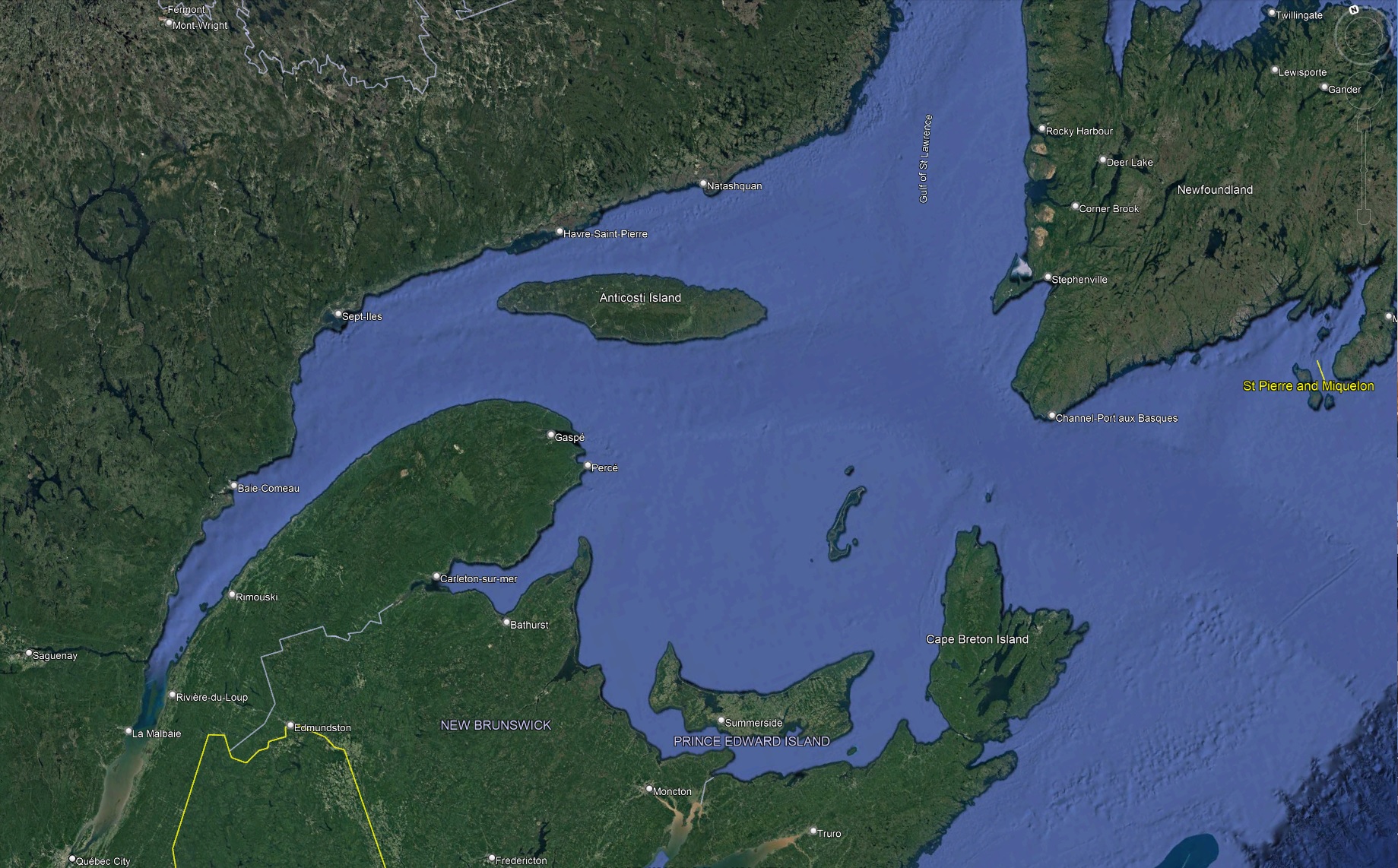Guests: Doug Sharp and Rich Geer
Description: The deltas of the world’s major rivers do not contain enough sediment for millions of years of erosion. If you look at the major watersheds of North America, the deltas of the Mississippi, St. Lawrence, Colorado, and Columbia River watersheds show very little sediment. Except for the bird’s foot delta of the Mississippi, all of them are estuaries where the flow of the river exits into a wide basin.
The rate of sediment flowing in the Mississippi River is an average 436,000 tons a day. Low is about 200,000 tons, high 1.5 million tons. That’s an average of 160 million tons a year. Over a million years, it would be 160 trillion tons. A ton of sand represents 22 cubic feet. So the volume of sediment in a million years would be 240,000 cubic miles.
Where did all of this go?
In 4,000 years it would be 95 cubic miles of sediment. That corresponds with Biblical predictions.
Let’s look at other river deltas. The Nile delta is 10,000 square miles. The Mississippi Delta is 5,000 square miles. Ganges/Brahmaputra river delta is the largest in the world, drains the Himalayas at 41,000 square miles.
The sediment of the Mississippi River in a million years is enough to cover the surface area of the earth at more than 1,000 miles.
Major river systems of the world:
North America:
Mississippi, St. Lawrence, Colorado, Columbia, Yukon, Mackenzie, Delaware, Potomac, Hudson
South America:
Amazon, Parana
Africa:
Nile, Congo, Orange, Okavango, Zambezi, Niger
Europe:
Rhine, Danube, Dnieper, Seine, Volga, Thames
Asia: Yangtze, Tigris, Euphrates, Ural, Ganges, Indus, Brahmaputra, Mekong, Irrawaddy, Ob

